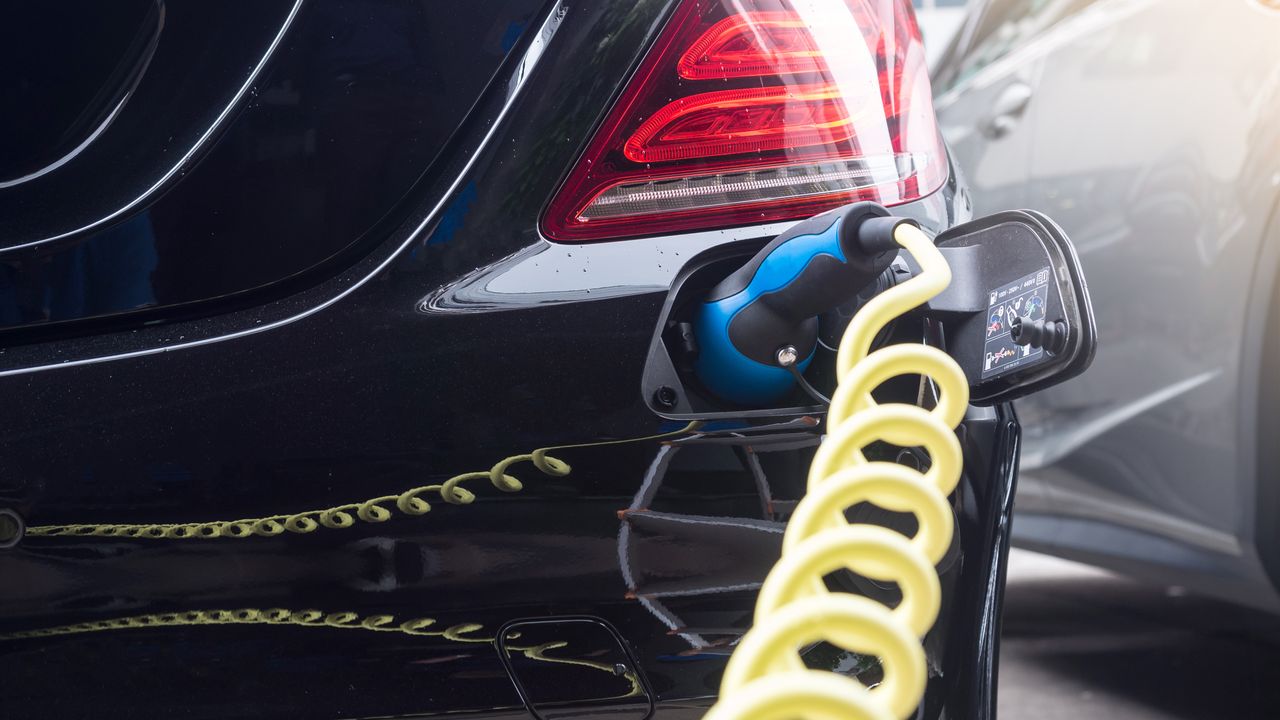Electric Vehicle Battery Recycling: Driving Sustainability in the Circular Economy
As the world shifts towards a more sustainable future, the importance of electric vehicles (EVs) in reducing carbon emissions cannot be overstated. However, the environmental impact of EV batteries at the end of their lifecycle is a growing concern. This is where the concept of electric vehicle battery recycling comes into play, aligning with the principles of the circular economy.
The Circular Economy Approach
At the heart of the circular economy is the concept of minimizing waste and maximizing the value of resources through recycling and remanufacturing. When it comes to EV batteries, adopting a circular economy approach means ensuring that these valuable resources are not simply discarded at the end of their use but are instead recycled and repurposed to create new batteries.
Remanufactured Batteries
One key aspect of electric vehicle battery recycling is the production of remanufactured batteries. These batteries are created by refurbishing and reusing components from old batteries, reducing the need for raw materials and minimizing the environmental impact of battery production. By extending the lifespan of batteries through remanufacturing, we can significantly reduce the carbon footprint of the EV industry.
Recycling Technologies
Advancements in recycling technologies have played a crucial role in making electric vehicle battery recycling more efficient and cost-effective. Processes such as hydrometallurgical recycling and pyrometallurgical recycling allow for the recovery of valuable materials such as lithium, cobalt, and nickel from spent batteries. These recovered materials can then be used in the production of new batteries, closing the loop and reducing the demand for new raw materials.
Challenges and Opportunities
While electric vehicle battery recycling holds great promise for sustainability, there are still challenges to overcome. One major obstacle is the lack of standardized recycling processes and infrastructure, making it difficult to scale up recycling efforts. Additionally, ensuring the safety and environmental sustainability of recycling processes remains a priority.
However, these challenges also present opportunities for innovation and collaboration. By investing in research and development of new recycling technologies and working together to establish industry standards, we can create a more sustainable ecosystem for electric vehicle battery recycling.
Conclusion
Electric vehicle battery recycling is a critical component of driving sustainability in the EV industry. By embracing the principles of the circular economy, focusing on remanufactured batteries, and leveraging advanced recycling technologies, we can reduce the environmental impact of EV batteries and create a more sustainable future for transportation.
